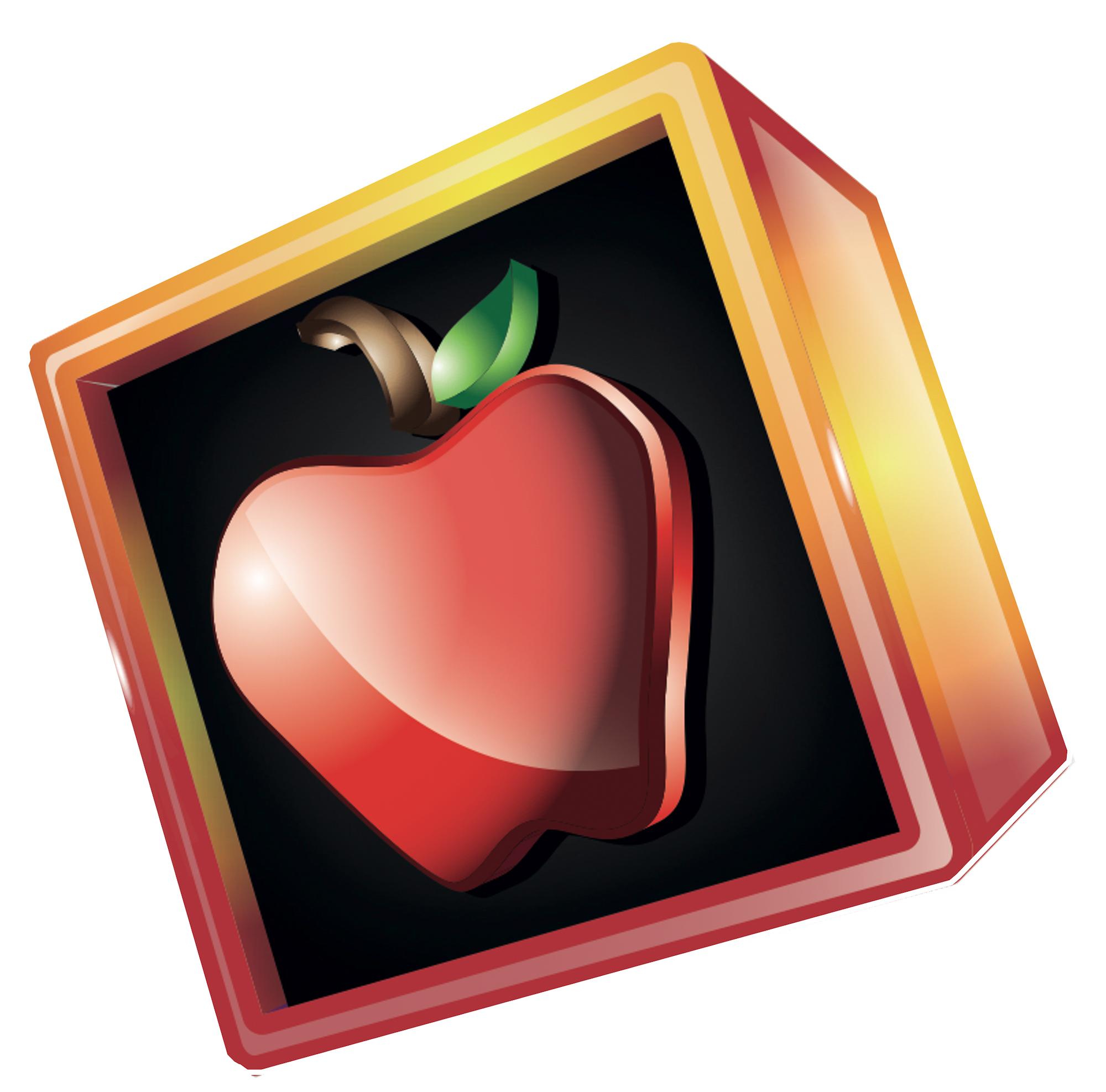In today's rapidly evolving educational landscape, the presence of artificial intelligence (AI) has become increasingly pronounced. From digital assistants to adaptive learning platforms, AI is now a part of our classrooms, transforming the way we teach and learn. In this blog, we will explore one such AI marvel: ChatGPT, a versatile and powerful AI chatbot. Over the course of this article, we will delve into the various applications of ChatGPT in the classroom, shedding light on how it can effectively support and enhance the learning experience for both educators and students.
ChatGPT: ChatGPT is an AI chatbot that engages in natural conversations with you, emulating human interaction. It has undergone training using extensive data from the internet and various other resources, honed by human trainers to ensure an authentic conversational experience.

If you are an educator who is just getting started with ChatGPT, check out these 10 friendly tips on how to effectively use ChatGPT in the classroom:
Getting Started:
- Access ChatGPT: Visit the ChatGPT platform, log in (if required), and familiarize yourself with the interface.
- Establish Guidelines: Set clear guidelines and expectations for using ChatGPT in your classroom, emphasizing responsible and ethical use.
Effective Use in Lessons:
- Lesson Planning: Integrate ChatGPT into your lesson planning process. It can assist with generating ideas, content, and prompts.
- Research Tool: Use ChatGPT to gather information and summaries on topics relevant to your curriculum. Check cited sources for credibility.
- Homework Assistance: Recommend ChatGPT to students as a homework resource for clarification on concepts or additional support.
Language and Writing:
- Grammar and Proofreading: Utilize ChatGPT for grammar and proofreading checks of student essays, reports, and assignments.
- Creative Writing: Generate creative writing prompts to inspire students' imagination and writing skills.
- Foreign Language Learning: Engage students in conversations in a foreign language, translate texts, or practice vocabulary and grammar.
Critical Thinking and Discussion:
- Debate Topics: Use ChatGPT to generate debate topics, pros and cons lists, or arguments for class discussions.
- Analytical Tasks: Challenge students with analyzing quotes, historical events, or ethical dilemmas and encouraging critical thinking.
STEM Subjects:
- Math Assistance: Ask ChatGPT to provide step-by-step explanations for complex math problems or generate math-related practice questions.
- Science Explanations: Request explanations of scientific concepts or phenomena to enhance students' understanding.
History and Social Studies:
- Historical Insights: Seek ChatGPT's insights on historical events, figures, or civilizations for in-depth discussions.
- Timelines and Diaries: Create historical timelines or diary entries in various historical contexts.
Customization and Adaptation:
- Adapt for Age and Level: Tailor prompts and interactions to match the age and proficiency level of your students.
- Encourage Original Work: Remind students to use ChatGPT as a resource for learning and clarification but not for directly copying answers.
Ethical Considerations:
- Plagiarism Awareness: Educate students about the importance of avoiding plagiarism when using ChatGPT-generated content.
- Respect for Privacy: Emphasize the importance of respecting privacy and not sharing personal or sensitive information in interactions with AI.
Feedback and Monitoring:
- Feedback Loop: Encourage students to share their experiences and feedback on using ChatGPT to improve its educational effectiveness.
- Monitor Usage: Keep an eye on how students are using ChatGPT to ensure it aligns with your educational goals.
Continual Learning:
- Stay Updated: Keep yourself informed about the latest AI developments and updates to ChatGPT to maximize its benefits.
- Professional Development: Explore additional resources and training to enhance your AI integration skills.
Here Are 12 General Applications of ChatGPT Use in the Classroom
- Instant Assistance: ChatGPT can provide quick and accurate answers to a wide range of questions, making it a valuable resource for both educators and students. Teachers can rely on it for quick information retrieval.
- 24/7 Availability: ChatGPT is available at any time, allowing educators to access information or assistance even outside of traditional working hours. This flexibility can be especially useful for lesson planning or grading.
- Lesson Planning: ChatGPT can assist teachers in brainstorming ideas, generating content, and creating engaging lesson plans. It can provide inspiration and suggest various approaches to teaching a topic.
- Language Support: For language teachers, ChatGPT can offer language translation, grammar checking, and language practice opportunities for students in a variety of languages.
- Research Tool: When educators need to research topics or gather information for their lessons, ChatGPT can help by summarizing articles, explaining concepts, and suggesting credible sources.
- Adaptive Learning: ChatGPT can be used to tailor lessons to individual student needs by providing personalized explanations or additional practice for specific topics.
- Homework Assistance: Teachers can recommend ChatGPT as a homework resource for students who need help with assignments, ensuring that students have access to accurate information and explanations.
- Creative Writing Prompts: ChatGPT can generate creative writing prompts, helping students to develop their writing skills and encouraging creativity in the classroom.
- Peer Feedback: Teachers can use ChatGPT as a tool for students to receive automated feedback on their writing or answers to practice questions, saving time in grading.
- Accessibility: ChatGPT can be utilized to make learning materials more accessible for students with disabilities by providing text-to-speech conversion, language translation, or explanations in alternative formats.
- Interactive Learning: Teachers can incorporate ChatGPT into lessons to create interactive and engaging learning experiences for students. Students can ask questions and receive instant responses, promoting active learning.
- Professional Development: Educators can use ChatGPT to stay up-to-date with the latest educational research, teaching techniques, and trends in education.
Check out these 30 Subject-Specific Applications of ChatGPT in the Classroom
Language Arts:
- Write a short story about an unexpected adventure.
- Describe a character from a novel using vivid imagery.
- Create a dialogue between two historical figures.
- Develop an argument for or against a current social issue.
- Compose a poem about the changing seasons.
Science:
- Explain the process of photosynthesis in simple terms.
- Describe the effects of climate change on polar ecosystems.
- Discuss the differences between mitosis and meiosis.
- Explain the concept of genetic mutations and their significance.
- Describe the water cycle and its importance to the environment.
History:
- Analyze the causes and consequences of a specific historical event.
- Write a diary entry from the perspective of a person in a particular historical era.
- Describe the cultural exchanges along the Silk Road.
- Create a timeline of key events during a specific time period.
- Compare and contrast two prominent historical figures.
Mathematics:
- Solve a complex algebraic equation step by step.
- Explain the concepts of probability and statistics.
- Describe the properties of different geometric shapes.
- Create word problems that involve real-world applications of math.
- Explain the Pythagorean Theorem and provide examples.
Foreign Language Learning:
- Engage in a conversation in the target language about daily routines.
- Translate a short passage from English to the target language.
- Describe a famous landmark in a country where the target language is spoken.
- Create a dialogue between two characters using vocabulary related to travel.
- Write a paragraph in the target language about a favorite hobby.
Critical Thinking:
- Debate the pros and cons of a controversial topic, such as social media use.
- Analyze a famous quote and explain its relevance in today's world.
- Discuss the ethical implications of a current technological advancement.
- Evaluate the impact of a recent scientific discovery on society.
- Predict the future of education and the role of technology in it.
Looking for More? Here are 2 Specific Classroom Examples:
Elementary Class (Grade 3 - English Lesson):
Topic: Vocabulary Building
Example: Educators can use the chat-based AI tool to create a vocabulary-building exercise. They can input a list of words related to a story or a theme they are teaching. Elementary students can then engage with the chatbot to learn the meanings of these words, practice using them in sentences, or even get story prompts where they have to incorporate the new vocabulary. This interactive approach can make learning new words engaging and fun for young learners.
High School Class (Grade 11 - Science Lesson):
Topic: Virtual Science Lab Assistance
Example: In a high school science class, educators can integrate the chat-based AI tool to provide virtual lab assistance. Students can ask questions related to their experiments or lab reports. For instance, they can inquire about the proper procedure for a chemistry experiment or seek clarification on data analysis for a biology project. The chatbot can offer step-by-step guidance and explanations, aiding students in understanding and successfully completing their lab work even in remote learning environments.
In conclusion, ChatGPT is a versatile tool with numerous applications in the classroom setting, offering educators the opportunity to enhance their teaching methods and provide students with valuable resources. As technology continues to evolve, it's essential for educators to adapt and embrace the positive potential that AI-powered tools like ChatGPT can bring to education. Instead of turning away from this innovation, we should harness its power to foster creativity, critical thinking, and personalized learning experiences for our students. By integrating ChatGPT thoughtfully into our teaching practices, we can equip our students with the skills they need to thrive in an increasingly digital and information-rich world. Therefore, let's expand our horizons, delve into the potential, and transform ChatGPT into a valuable resource in our commitment to educate and ignite the curiosity of the upcoming generation.

